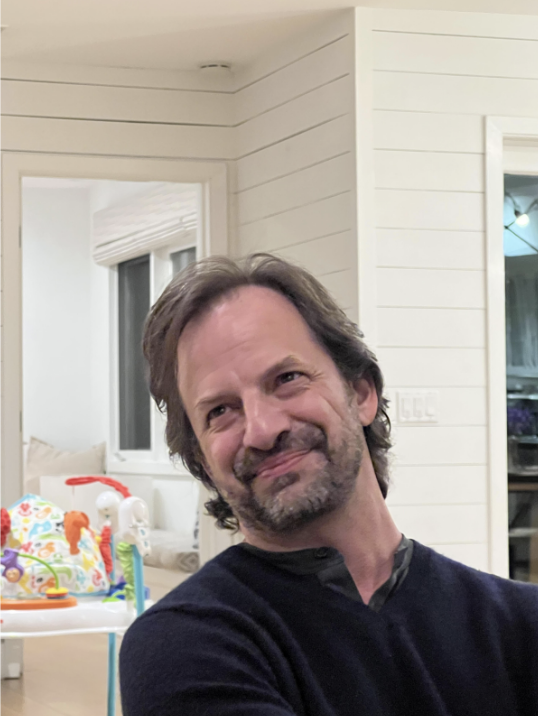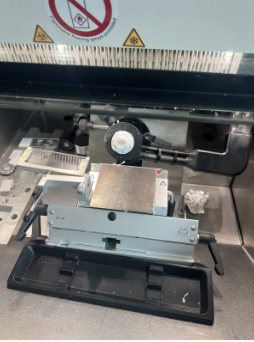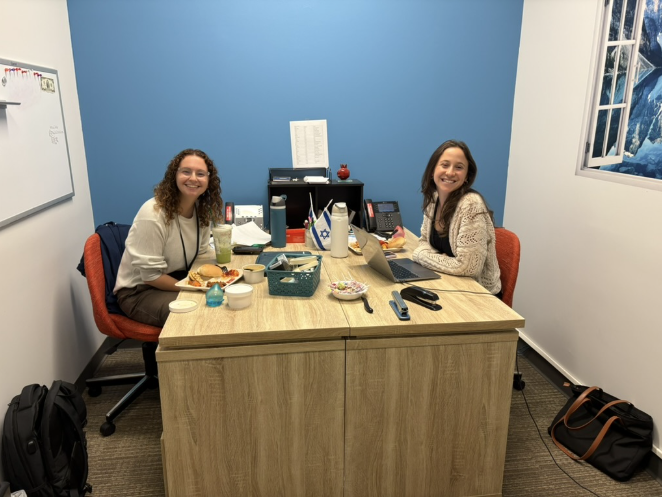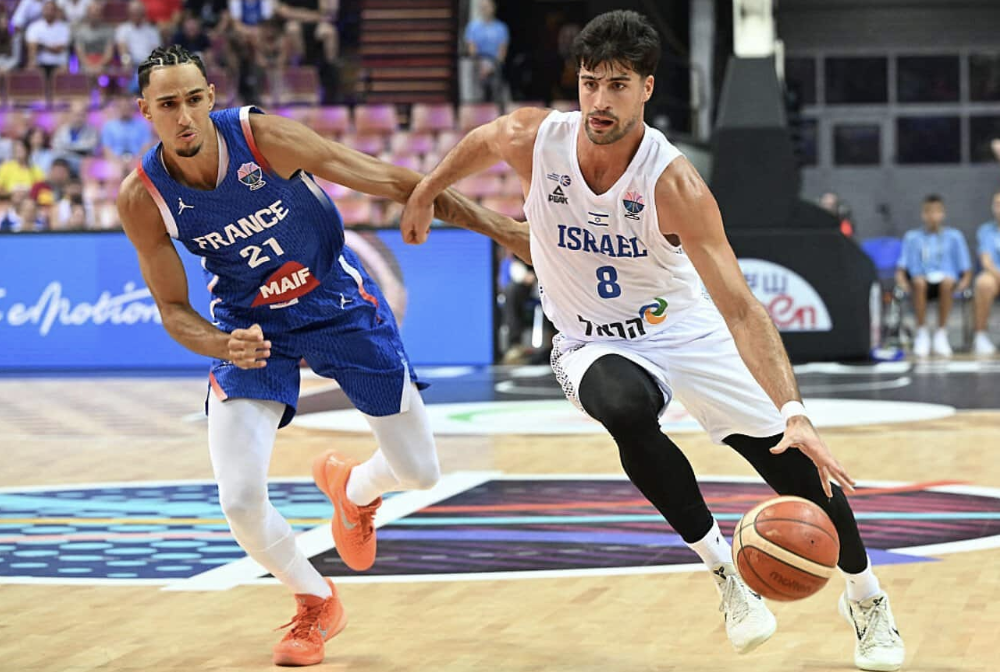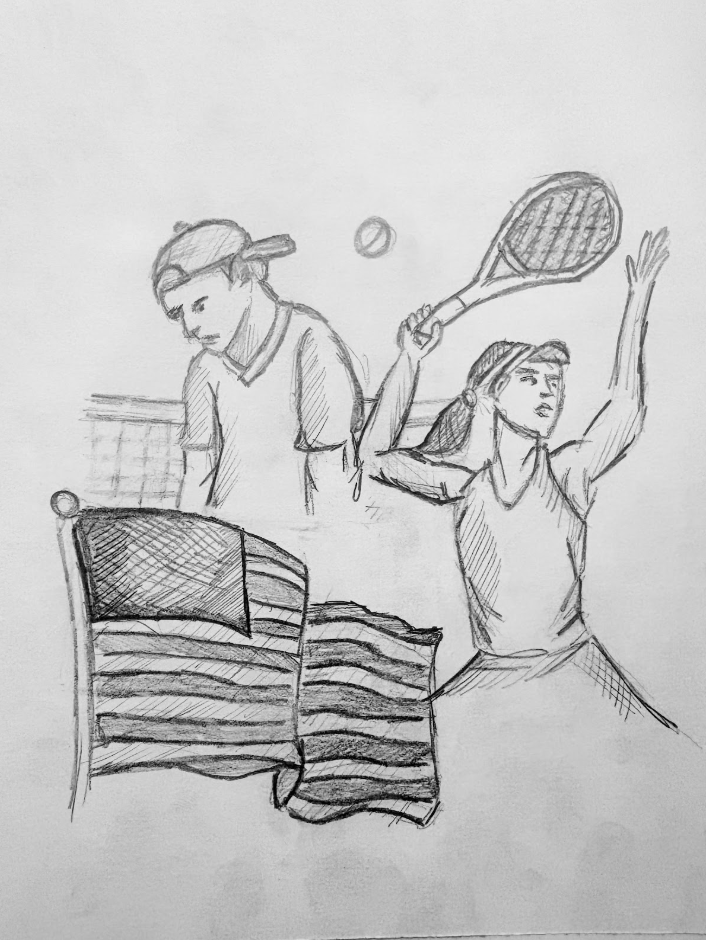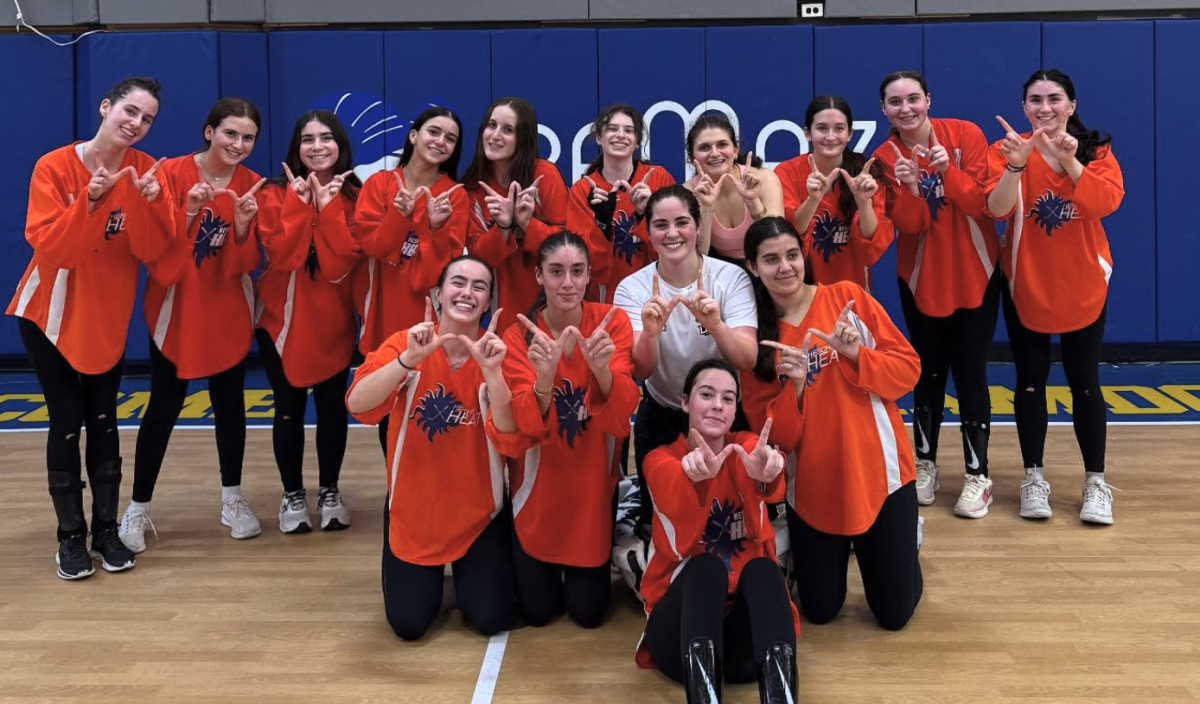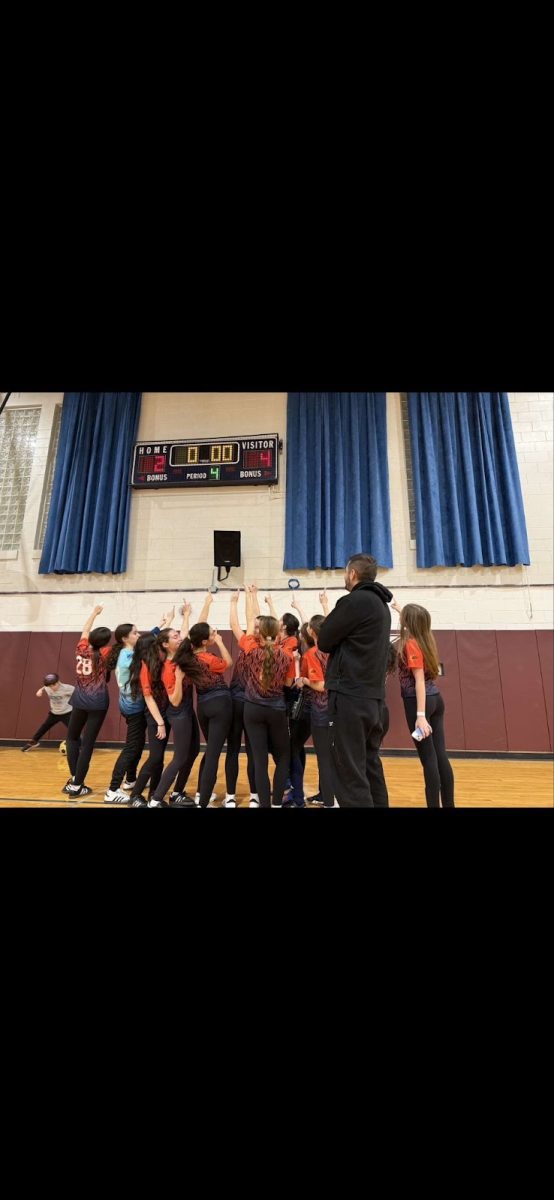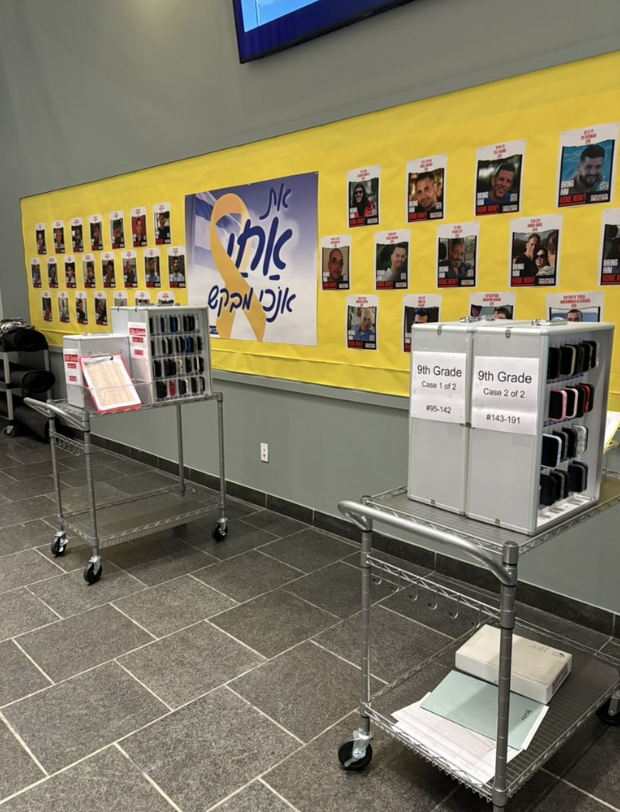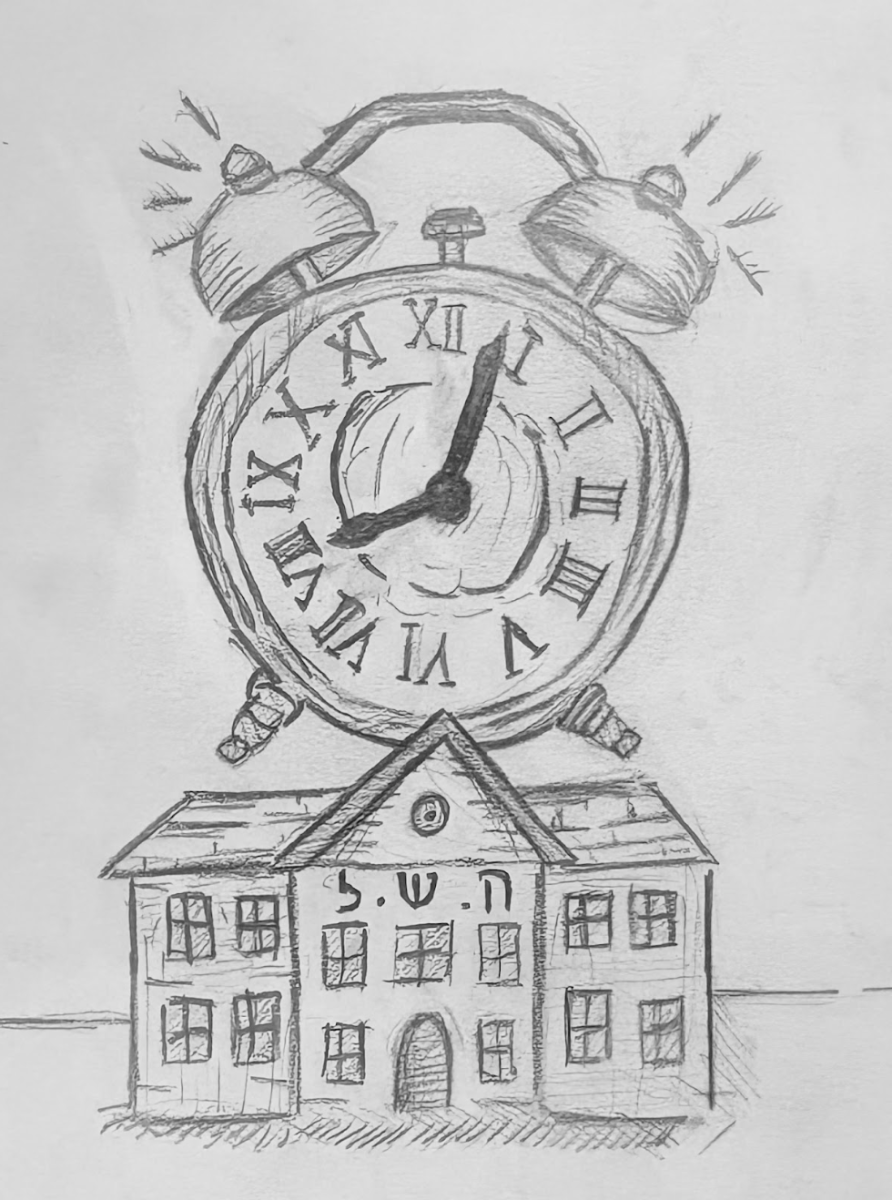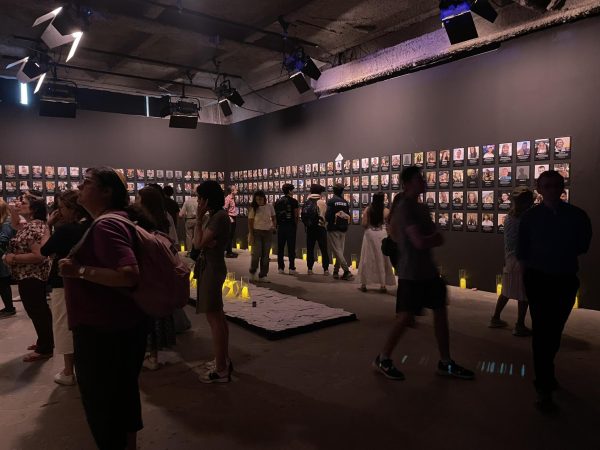
October 7th was over seven months ago, but the trauma still feels just as fresh as the day the horrors began. On social media, in school, during holidays, and in conversations with family and friends, we are constantly reminded of the atrocities that occurred that day. It has been ingrained in the Jewish narrative and will never be forgotten. But, as October 7th begins to seem farther and farther away, how do we talk about the event while giving us space to heal?
This question first came to mind after touring the Nova Exhibition in the Financial District. The exhibition aimed at “recreating” the Nova Festival massacre on October 7th. And although I undoubtedly support spreading awareness for the acts of brutality on October 7th, I am critical of the exhibit’s goal of trying to “recreate” that traumatic day, especially because it is targeted towards an audience that has already experienced so much trauma from the aftermath of the day.
While walking through the exhibit, the videos from the day quickly became overwhelming. Surrounded by videos of violence, rape, and death was a lot for me and my peers to process emotionally. And although I did not look away, I felt a sense of guilt for wanting to do so. I felt that making my own mental health a priority would be the same as turning my back against the victims of the atrocity.
Since October 7th, the Jewish community has perpetuated a misconception that watching the graphic content produced either by survivors or Hamas is the only way to understand the tragedy. Yet, for me and many of my peers, this can feel like a duty and burden. While watching these videos might be helpful for some, the truth is that it should not be as widespread or normalized.
Jewish history for centuries has been defined again and again by the oppression we face. Year after year, we pray for our return from exile, an exile created by thousands of years of oppression. During Passover, we even relive this trauma during our seders. Because of this, we have become so used to carrying a generational burden that at times we don’t recognize it at all. But, with a new wave of trauma to carry since October 7th, this burden can become too heavy to bear.
It is important to recognize that these videos were recorded by Hamas militants for a reason: to inflict psychological damage on all those who watch them. By forcing yourself to experience the same trauma that October 7th victims experienced, you are in part feeding into this goal. These videos aren’t supposed to be “moving.” These videos are meant to be as damaging as possible to the human psyche, especially to Jews.
There should be a time and place to consume and talk about this disturbing content. But, it is essential, especially because the Israel-Hamas conflict does not seem to be ending soon, that we make a space to heal and take a break from the headlines. Watching these videos should not be taken as lightly as a simple Instagram story. You should not be able to consume all of it in one day at an exhibit. They should be consumed consciously overtime — time which the social media algorithm and the exhibit don’t provide.
It is important that we continue to discuss the events of October 7th, but it’s equally important that we take into account our own mental health and how the constant reminders of the atrocities that occurred affect our psyche. It is okay to not feel ready to talk about or watch content related to the event, and it is equally okay to want to watch this content and discuss the event. It is important that we create space for both and support each other in the way we individually choose to process October 7th. And it’s okay to need to take a break from it all.

